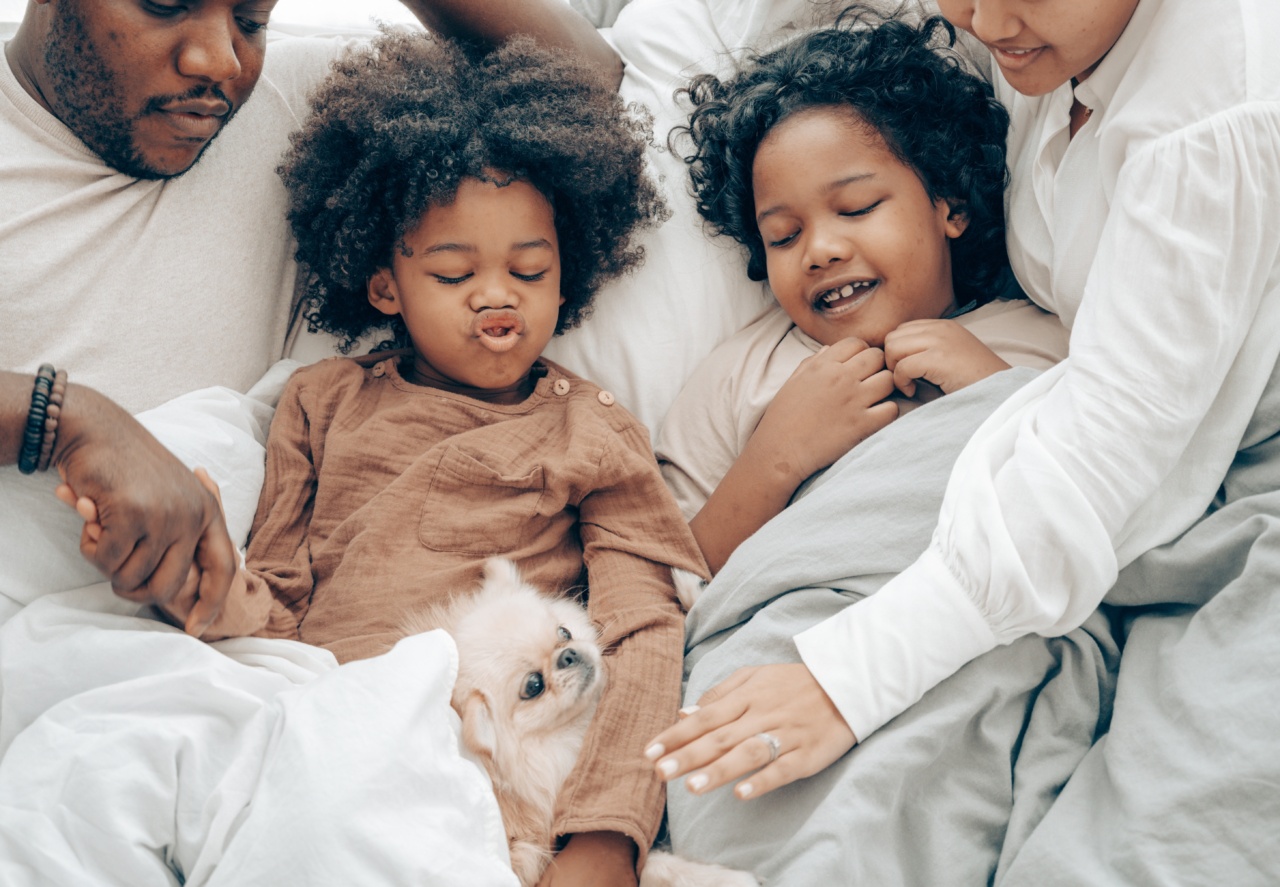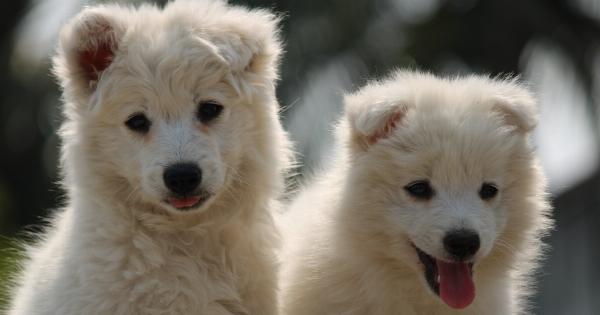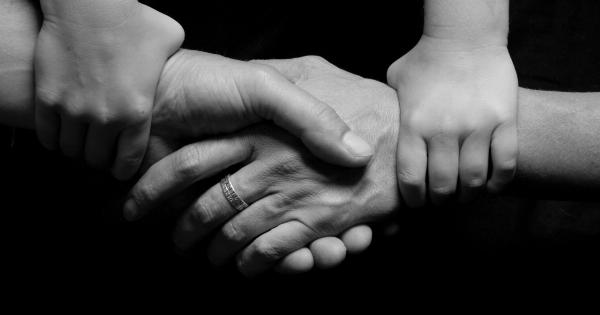As dog owners and lovers, it can be quite perplexing when some dogs don’t seem to enjoy hugs or head pets, while others simply can’t get enough of them. Many pet owners assume that all dogs universally enjoy these affectionate gestures.
However, it is important to recognize that not all dogs share the same preferences when it comes to physical touch.
The innate nature of dogs
Dogs, despite domestication, still retain many traits and behaviors from their wild ancestors. These traits influence their responses to various stimuli, including physical touch.
In the wild, canines depend on their body language and specific ways of touching for communication within their pack. Therefore, it is no surprise that some dogs display aversion to certain human gestures like hugs or head pets.
Respecting personal space
Just like humans, dogs have different comfort levels when it comes to personal space. While some dogs may find hugs and head pets comforting, others may perceive them as invasive or threatening.
It is crucial to recognize and respect a dog’s personal boundaries to ensure their well-being and prevent any unnecessary stress or anxiety.
Past experiences and trauma
Another reason why some dogs may not enjoy hugs or head pets is because of past negative experiences or trauma. Dogs that have experienced abuse, neglect, or even rough handling may associate certain physical gestures with fear or discomfort.
It is important to provide these dogs with a safe and secure environment, allowing them to overcome their fears and build trust at their own pace.
Discomfort due to physical conditions
Certain physical conditions or sensitivities can also contribute to a dog’s dislike of hugs or head pets. Dogs with joint pain, inflammation, or medical issues like arthritis may find physical touch uncomfortable or even painful.
It is essential to be mindful of a dog’s health condition and consult a veterinarian if necessary.
Body language cues
Dogs often communicate their feelings and preferences through body language cues. It is crucial for dog owners to learn and interpret these cues to better understand their canine companions.
Some common signs that a dog may be uncomfortable with hugs or head pets include:.
- Turning their head away
- Yawning or licking their lips
- Tensing up their body
- Fidgeting or attempting to move away
- Growling or showing other signs of aggression
Alternative ways to show affection
Even if your dog doesn’t enjoy hugs or head pets, there are several alternative methods to convey your love and affection:.
- Verbal praise and positive reinforcement
- Gentle stroking along the back or chest
- Playing interactive games and providing mental stimulation
- Offering delicious treats and rewards
- Respecting their personal space and allowing them to initiate contact
Understanding individual differences
It is important to remember that each dog has its own unique personality, preferences, and history. Some dogs may simply prefer other forms of affection and may not be comfortable with physical touch.
As responsible pet owners, we need to tailor our interactions based on what makes our furry friends feel loved and secure.
Building trust and positive associations
If a dog shows dislike towards hugs or head pets, it is crucial to build trust and create positive associations with these gestures.
Gradual desensitization and counter-conditioning techniques can be used to help dogs overcome their aversion to physical touch. Professional guidance from a certified dog trainer or behaviorist can be valuable in these situations.
Consulting a professional
If you are concerned about your dog’s aversion to hugs or head pets and it is negatively impacting their overall well-being, it is always recommended to consult with a professional.
They can provide personalized advice and guidance based on your dog’s specific needs and circumstances.
Conclusion
While many dogs thoroughly enjoy hugs and head pets, some canines do not share the same enthusiasm for these gestures. It is essential to respect a dog’s individual preferences, personal space, and history.
By understanding and acknowledging these differences, we can ensure a strong and healthy bond with our canine companions.





























